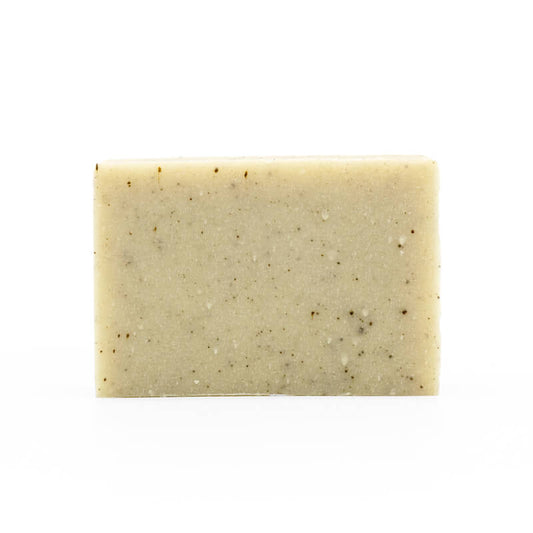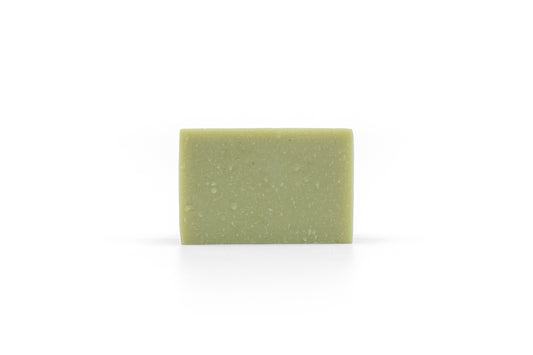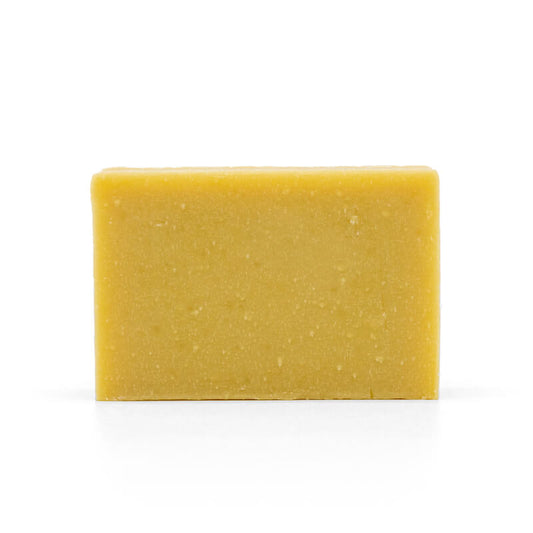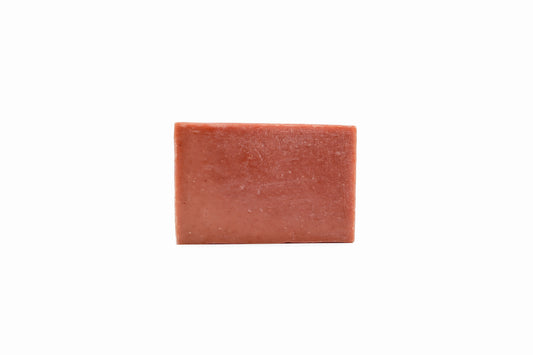Eastern White Cedar Essential Oil

One of the many different species of tree found in Canada, eastern white cedar joins other fragrant plants in Beaverton’s cold process bar soap. A member of Beaverton’s naturally derived fragrance library, eastern white cedar’s fresh woodsy smell serves as a base for the Ontario inspired Muskoka Moss scent.

The eastern white cedar tree ; Image: Government of Ontario
Eastern white cedar belongs to the Thuja genus of coniferous trees, which also includes Pacific red cedar. This hardy tree grows slowly and produces scaly needle-shaped leaves which sprout from the edges of fan-shaped branches, giving the plant a somewhat distinct appearance. Native to Ontario, eastern white cedar can be found growing across the province and in the neighboring regions that surround the great lakes. Eastern white cedars have preference for moist soils, particularly those in close proximity to layers of limestone, making the forests and swamp lands of southern Ontario an ideal habitat. An especially long-lived species, the white thuja cedars of Ontario are among the oldest living trees in all of eastern North America, with some individual plants living for well over fifteen hundred years.

Branches of the eastern white cedar tree ; Image: Network of Nature
Part of the cypress family, thuja cedars are also known as “arborvitaes”, meaning “tree of life” in Latin, due to the medicinal benefits that have been attributed to various parts of the trees. The eastern white cedar is considered to be especially sacred plant for the Ojibwe people due to its significance as a building material and source of medicine, and it is represented in their Medicine Wheel practices as a symbol of the northerly direction. The green parts of eastern white cedar foliage have been found to contain notable amounts of vitamin C, and It is believed that the indigenous peoples’ knowledge of the tree’s properties was shared with European explorer Jacque Cartier, allowing him and his men to use the tree as a treatment for scurvy in the early 1500’s.

Unopened cones of the eastern white cedar tree ; Image: Forager Chef
Today, eastern white cedar is very popular as an ornamental plant as well as a source for fragrant essential oils. The essential oil produced from the leaves of eastern white cedar has a mild slightly camphoraceous aroma, in some ways similar to the wood of a pencil, although sweeter and more coniferous in its undertones. This freshly smelling natural fragrance pairs well with other woodland scents, coming together with a touch of fossilized pine sap and oakmoss to create the pleasant medley of smells found in Beaverton’s Muskoka Moss soap. As a key component of the Muskoka Moss scent, the odor of eastern white cedar floats delicately into the nostrils and transports the mind deep into the forests of Muskoka, Ontario, bringing tranquil sensations and a crisp smell to the hand washing and bathing experience.







